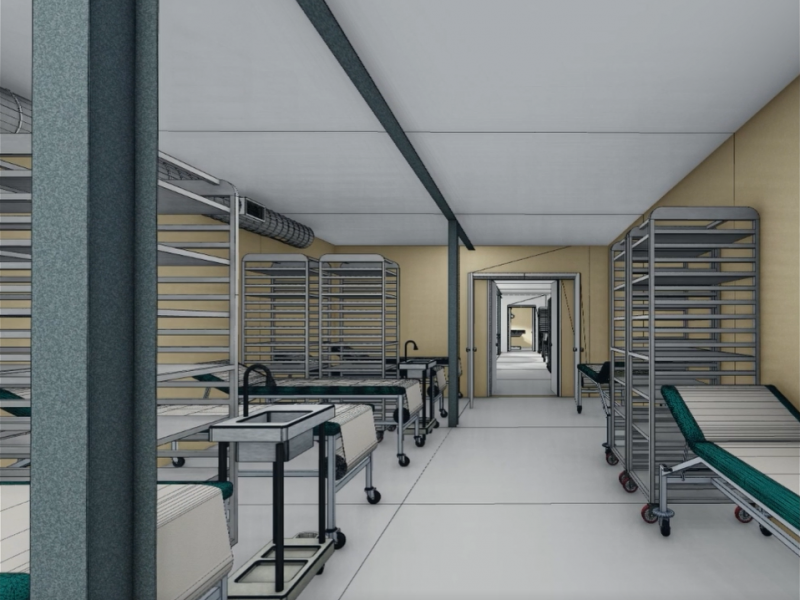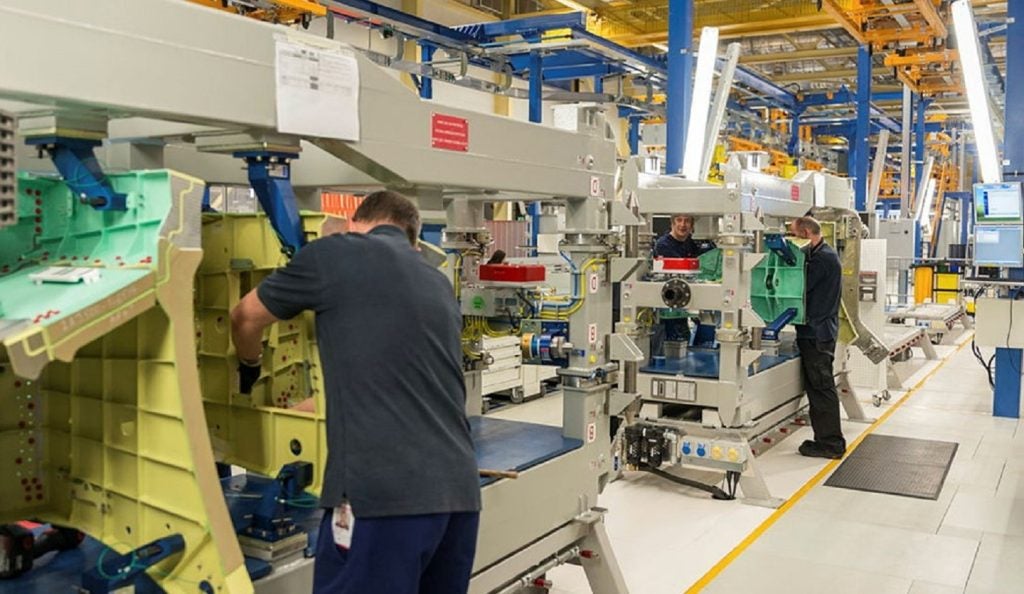
Harry Lye: How will this hospital change soldier safety?
Ron Ben-Zeev: The simple answer is when our soldiers or civilians are injured, they deserve the same environment and quality of care they would get in a bricks-and-mortar ER [emergency room]. Today’s solutions hark back to a time when all you had were tents.
Tents are a 5,000-year-old technology; why are we still using them? World Housing Solution (WHS) uses cutting-edge composites and building techniques and it has re-invented capabilities that can finally deploy the equivalent care you would expect from a hospital, almost anywhere in the world.
HL: Where is this hospital most suited to being deployed?
RB: If you can drive, fly or bring a boat there, our system can go there, as this is simply the most deployable modular building in the world. The whole point of this solution [is] having the ability to flat pack on a truck or be palletised on the USAF 463L [military air cargo] pallet is so they can be easily shipped anywhere they need to be, using a C-130 aircraft, boat or even a pickup truck. Also, the hospital is mounted on a rapid-to-deploy, raised and adjustable foundation.
This makes deployment on many terrains, including uneven terrain, possible. Neither combat locations nor disaster response staging areas come with a set of convenient flat and dry areas to care for people, this new field hospital allows for astounding setup and usage versatility.
HL: Does the system have civilian uses?
RB: Yes, this hospital has civilian applications. People being injured during a disaster is what is called a Medical Surge event. Like many technologies originally created to meet the rugged and austere nature of military use, the hospital structure may have started as a military solution, but the design is uniquely able to serve in any medical surge event – military or civilian. This medical capacity is quick to deploy and can pivot into ongoing medical care after the storm clouds of a disaster have left the area and resiliency is needed.
HL: Can you explain how the system goes from aircraft to deployment?
RB: Thanks to the lightweight properties of the structure, everything can be offloaded by hand. There is no need to source or wait for forklifts or heavy equipment. When the pallets roll off the plane, they are flat packed with WHS’s rapidly-deployable panels and adjustable Expeditionary Load Modular Frame (XLMF).
How well do you really know your competitors?
Access the most comprehensive Company Profiles on the market, powered by GlobalData. Save hours of research. Gain competitive edge.

Thank you!
Your download email will arrive shortly
Not ready to buy yet? Download a free sample
We are confident about the unique quality of our Company Profiles. However, we want you to make the most beneficial decision for your business, so we offer a free sample that you can download by submitting the below form
By GlobalDataThe first step is to snap together the XLMF grid that is made up of all aluminium scaffolding in the desired location of the building. When that frame is in place, the rapidly-deployable panels (RDP) are laid out logically – floors first, then walls and roof. Once the building is up, electrical [cable] is run in channels and the HVAC [Heating, Ventilation and Air Cooling] is hooked up using a vent sock that runs the internal length of the building.
The OR [Operating Room] and sterile processing have their own HVAC to ensure appropriate pressures and filtration. Finally, if plumbing is to be added, because the building is raised, it is easy to add or remove as needs change.
HL: When can we expect to see this prototype being more widely adopted?
RB: A prototype of the structure is already being manufactured to be used as a Tactical Operating Centre. The field hospital is a natural extension of that design and showcases the modularity and flexibility of our systems. This iteration is strategically designed to meet a very specific set of requirements as requested by the Air Combat Command, Office of the Command Surgeon.
There is also clear interest from primes for the US State Department and state-level disaster response directors, as well as international interest from Africa and the Middle East. With regard to [the] timeline, this could be a very rapid solution from order to production.




